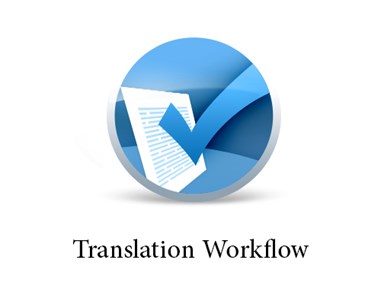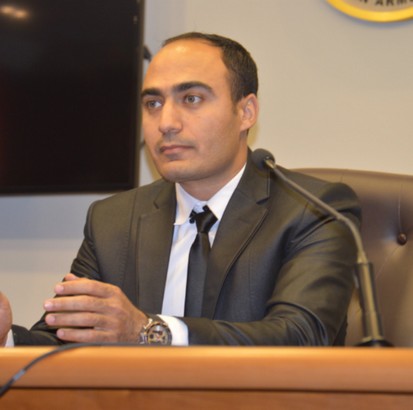Best Practices for Managing Translation Workflows
Translation is both an art and a science, as you may know, so there can and will be differences in opinion when it comes to style and certain terminology. For that reason, I encourage you to follow the correct translation workflows in order to ensure a successful deliverable.
The following are key questions you need to answer to guarantee the highest quality in your localization projects:

1. What is the target audience and what are the main characteristics of their culture?
The target language is not all you need to know regarding the audience who will be reading or listening to your translation. It is extremely important that you define the target market in which your translation will be used. For example, the target language can be Spanish, but is the target audience in Spain, in Mexico or in Argentina? Or maybe in the three countries, why not? Even though the Spanish language will always be understood by any Spanish speaker in the world, different terms might be used in each country or region to refer to the same object; or commonly used words or expressions in one country might be offensive in another one. Furthermore, the way of addressing the reader might not be appropriate if the locale was not taken into account at the moment of the translation. Even design elements like the colors used in a formatted brochure or localized website cannot be chosen at random if you want to avoid a negative effect from the very beginning. So what should be the first step in your localization project? Very simple: target market research.
2. What is the subject matter?
If you want to ensure a high quality result, you must also do research on the subject matter of the source text. Translating poetry for example is not the same as translating a manual. And if you are translating a manual, the terminology will be very different whether it’s an industrial instruction manual or an employee handbook. So inevitably, once you know what the subject matter is, you need to familiarize yourself for example with the author if you are translating poetry, with the terminology if it is a manual for devices, with the company if it is a handbook for their employees, or with the facilities, services and locations if the translation service is for a hotel. The ideal situation in cases like these would be of course to receive any reference material the client can provide such us previous translations, translation memories, glossaries, style guides, etc.; however, that material is not always available, so my advice would be to develop a glossary of key terminology from the English content you were provided for translation and ask the client to validate the translated glossary. That way you can start working on the project with the client approved terminology from scratch.
3. Who is involved in the actual translation process?
There are some aspects here that impact the success of the localization project:
- It is a MUST that the translation team members are native speakers of the target language and, ideally, that they are native speakers from the requested target market. Of course a Spanish translator from Argentina could translate a brochure for a Mexican company; however, it would only be acceptable in my opinion, if the editor/proofreader on the translation team is the native Spanish speaker from Mexico who will make sure the spirit of the target language culture is reflected in the final product as if it had been originally written in Mexican Spanish.
- Whenever the source text that needs to be localized falls into the category “Technical Translation”, like a clinical trial which will be read by doctors, a regular translator with a technical dictionary doing a bit of research is not an option at all because even if every translated terms is correct, key concepts may be confused or mistaken. The fact is that if you don’t understand it, you cannot translate it, so subject matter expertise is a MUST here.
- When we talk about a localization project, we understand that not a single translator but a whole linguistic team is involved in the translation process. The linguistic team should be made up of at least a lead translator, a lead editor and a proofreader. This way, you make sure the translated content by the expert translator is then edited for typos (like spelling, grammar, etc.) and finally proofread to make sure the final product is absolutely perfect.
Needless to say, there is always a Localization Services Team, at GPI we call it the Globalization Services Team or “GST”, comprised of professional engineers, desktop publishers, web designers, etc. working in conjunction with the linguistic team in every localization project.
4. How do I know the client is fully satisfied with the final product?
The answer is the “client review and approval process”. It is extremely important that you give your client the opportunity to review and provide feedback on the delivered translations. Many times clients do not provide specifications on a preferred style or do not have any reference material available and may not even have time to validate a glossary; however, they will always have someone reviewing your translations. For that reason, and as the key final step in the localization process, be sure that you instruct your clients on how to review the translations delivered so they can get back to you with feedback on any corrections needed for your implementation and final delivery of the product–which at that point, you will know is fully approved!
